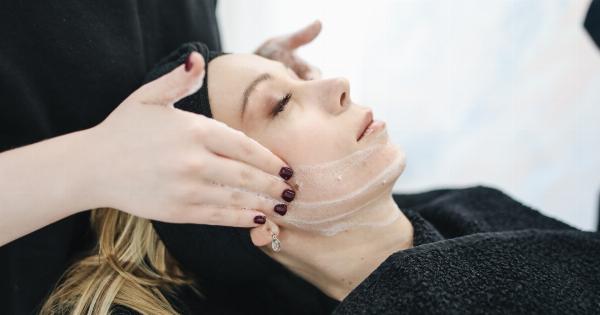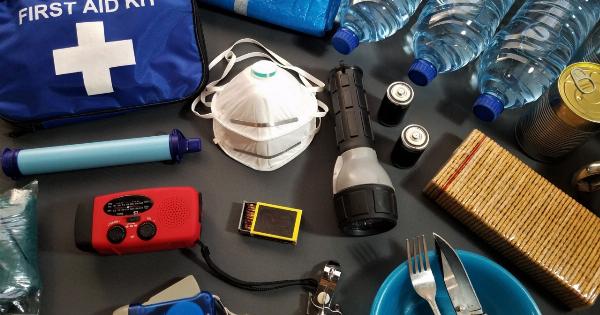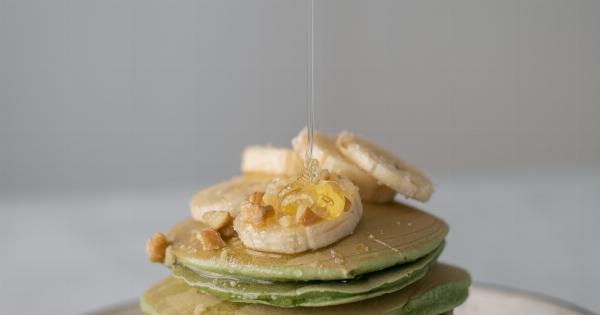Nail polish has been a popular cosmetic product for decades. Women and men all over the world apply nail polish to enhance the appearance of their nails, express themselves, and follow current fashion trends.
But is nail polish harmful to our health? The answer is not straightforward, and it depends on various factors, such as the type of nail polish, the frequency of use, and individual sensitivity to certain ingredients.
Types of Nail Polish
There are various types of nail polish available in the market, each with its own formula and characteristics. The most common types are:.
1. Regular Nail Polish
Regular nail polish is the traditional type of nail polish that contains a mixture of solvents, resins, pigments, and other ingredients that adhere to the nail surface and form a hard, glossy coating.
Most regular nail polishes are not designed to be long-lasting and require frequent touch-ups and reapplication. They can also be easily removed with nail polish remover that contains acetone or other solvents.
2. Gel Nail Polish
Gel nail polish is a hybrid type of nail polish that combines the durability of gel with the ease of application of regular nail polish.
Gel polish is applied in multiple layers and cured under a UV lamp to achieve a hard, glossy finish that can last for up to several weeks. Gel polish is usually more expensive than regular polish and requires special removal techniques with acetone or other solvents.
3. Dip Powder Nail Polish
Dip powder nail polish is a newer type of nail polish that involves dipping the nails into a pigmented powder and sealing the color with a sealant. Dip powder nail polish is easy to apply and maintain, and can last for up to three weeks.
However, dip powder nail polish can be harder to remove than regular or gel polish, and may require aggressive filing or drilling, which can weaken the nail bed and cause damage.
Ingredients in Nail Polish
The main ingredients in nail polish may vary depending on the type and brand, but typically include:.
1. Solvents
Solvents are liquids that dissolve other substances and allow them to be spread evenly. In nail polish, solvents are used to dissolve and mix the other ingredients and help the polish dry quickly.
Common solvents used in nail polish include ethyl acetate, butyl acetate, and isopropyl alcohol.
2. Resins
Resins are polymers that provide nail polish with its hardness, glossiness, and adhesion to the nail surface. Different types of resins may be used depending on the desired effect and durability.
Some common resins in nail polish are nitrocellulose, acrylic, and polyester.
3. Pigments
Pigments are colorants that give nail polish its characteristic hue and opacity. Pigments may be natural or synthetic, and may also affect the strength and flexibility of the nail polish.
4. Plasticizers
Plasticizers are additives that improve the flexibility and resistance of the nail polish to cracking, chipping, and peeling. They are often used in combination with resins to achieve the desired texture and performance.
Common plasticizers in nail polish include camphor, dibutyl phthalate, and toluene.
Health Risks of Nail Polish
While nail polish is generally considered safe for cosmetic use, it may pose some health risks for certain individuals or under certain circumstances. Some of the potential health risks of nail polish include:.
1. Skin Irritation
Some of the ingredients in nail polish, particularly solvents and resins, may cause skin irritation and allergic reactions in sensitive individuals. Skin irritation may manifest as redness, itching, swelling, or rash around the nail and adjacent skin.
Long-term exposure to nail polish may also cause chronic skin irritation and dermatitis.
2. Nail Damage
Frequent use of nail polish may weaken the natural nail structure and lead to nail brittleness, splitting, and peeling.
This is because nail polish can trap moisture and oxygen under the nail surface, which can cause fungal and bacterial infections, yellowing, and discoloration. Overuse of acetone or other nail polish removers may also cause the nails to become dry, brittle, and prone to breakage.
3. Chemical Exposure
Nail polish may contain chemicals that can be hazardous if inhaled or ingested in large amounts.
For example, some solvents in nail polish, such as toluene and formaldehyde, have been linked to respiratory and neurological problems, including headaches, dizziness, nausea, and fatigue. Pregnant women may also be at risk of exposing their fetus to harmful chemicals if they use nail polish frequently or work in a nail salon.
4. Fire Hazard
Nail polish and its removers are highly flammable and pose a fire hazard if exposed to heat, sparks, or open flames. This is especially true for nail salons or individuals who use nail polish near a heat source or smoking materials.
It is recommended to store nail polish in a cool, dry place away from heat and to use nail polish removers with caution and in well-ventilated areas.
Precautions and Alternatives
To minimize the potential health risks of nail polish, individuals can take the following precautions:.
1. Use Nail Polish Safely
Read the label and follow the instructions on the nail polish and nail polish remover. Use nail polish in a well-ventilated area and avoid skin contact.
If you have sensitive skin or are prone to allergies, choose nail polish that is labeled as hypoallergenic or free of certain ingredients, such as toluene, formaldehyde, and dibutyl phthalate. Use acetone-free nail polish remover or opt for natural alternatives, such as vinegar, lemon juice, or baking soda.
2. Take Care of Your Nails
Take breaks from nail polish and allow your nails to breathe and recover. Avoid biting your nails or using harsh tools to remove nail polish. Keep your nails clean and dry, and moisturize them regularly to prevent dryness and brittleness.
Trim your nails regularly and avoid using them as tools for opening or gripping objects.
3. Experiment with Natural Nail Polish
If you are concerned about the health risks of conventional nail polish, you can try using natural and organic nail polish that is made with non-toxic and eco-friendly ingredients.
Natural nail polish may be less durable and glossy than regular nail polish, but it is generally safer for your health and the environment. Look for certified organic or vegan nail polish brands that use plant-based ingredients, such as soy, corn, and fruit extracts.
Conclusion
Nail polish can enhance the appearance of our nails and make us feel more confident and stylish. However, it is important to be aware of the potential health risks of nail polish and take precautions to minimize them.
By choosing safe and natural nail polish, taking care of your nails, and using nail polish responsibly, you can enjoy beautiful and healthy nails without compromising your well-being.






























